Marie de Visser
How do you show that a polder or nature reserve is more than just a collection of shapes and lines on a map? Master's student Marie de Visser literally and figuratively delves into the soil, seeking the stories within the landscape.
“You only start taking care of nature once you have a connection with it.”
What are you researching?
I am studying the Willemskerkepolder near Terneuzen using ‘deep mapping’. There are plans to build a high-voltage mast in this polder. For the grid operator, the polder is just an empty green area on a flat map. However, for the inhabitants—people, animals, plants—of the polder, this place is filled with stories and emotions. With my deep map, I aim to make these experiences more tangible. I dive into the landscape both literally and figuratively, studying the soil layers, animals, and plants, as well as the history and culture of the area.
How did you come to this subject?
I am pursuing a master's degree in Global Environmental History at the University of Uppsala, focusing on the relationship between humans and nature. This prompted me to reflect on my own connection to nature. During one of the courses, I was asked, “From which water do you come?” I grew up in Middelburg, so for me, it was undoubtedly the Ooster- and Westerschelde. I feel a strong connection to that water and the Zeeland landscape. I believe this is true for many people from Zeeland. I wanted to understand where this connection comes from, which led me to deep mapping.

How does your research look?
My thesis is essentially an experiment. I’ve done various things to gain a better understanding of the Willemskerkepolder: historical research, interviews with locals, a walk with an ecologist, collecting plants, and camping to ‘listen’ to the landscape. This approach expands my understanding of the area's layers. Overlaying these layers creates a deep map.
This deep map can be presented in many ways. I mainly try to use language for this purpose. I narrate the stories of the inhabitants and also write a letter to the polder. This way, I’m not speaking for nature but engaging in conversation with it. Eventually, I also want to create a tangible deep map, though I’m still unsure how it will look.

Why is your research important?
Studies on nature and climate change often emphasize facts and figures, but I believe that you only start taking care of nature once you have a connection with it. We should value the experiences of an area more. Deep mapping is a way to understand a place on a deeper level.
What do you hope to achieve in 5 years?
In 5 years, I envision working as a freelancer, exploring the emotional connection between people and nature in various settings. For example, by conducting workshops at the Watersnoodmuseum or with nature organizations. I could also use deep mapping with municipalities to engage with residents and landscapes during new construction projects.
Would you like to read more about deep mapping or Marie de Visser's work?








